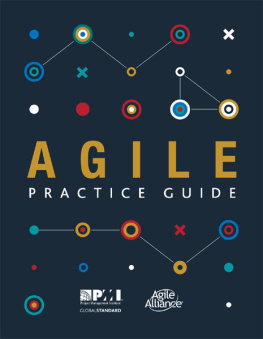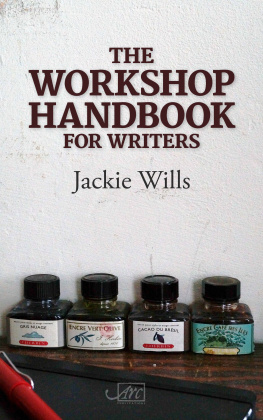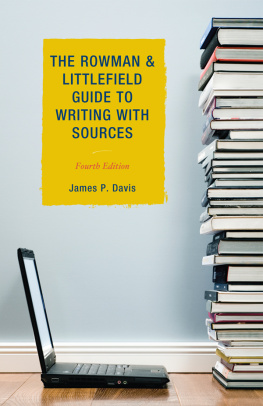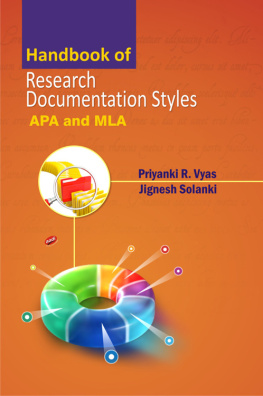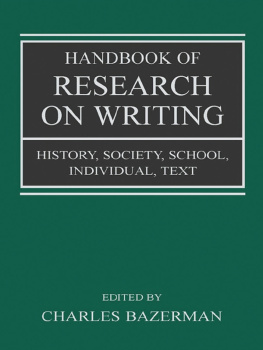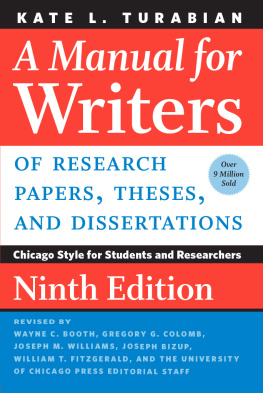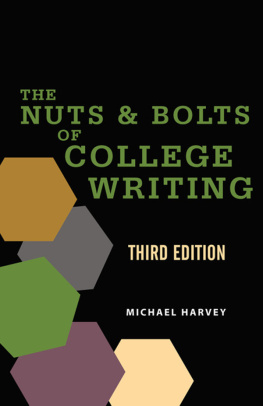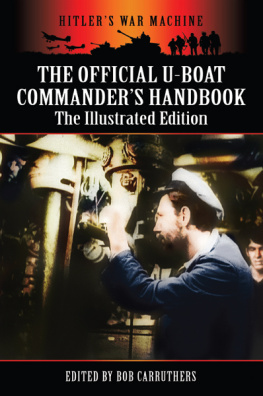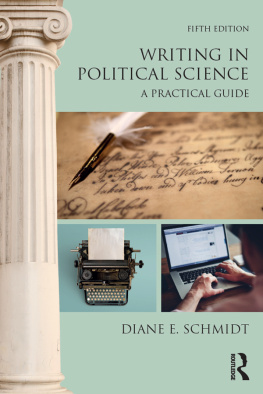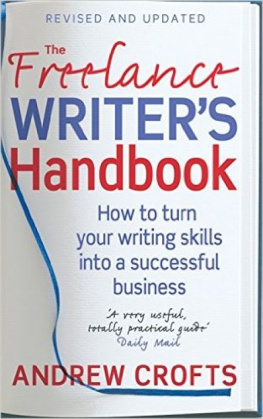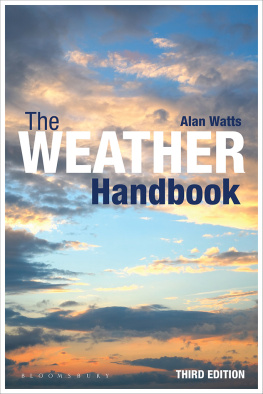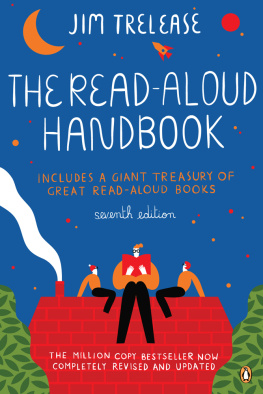MLA Handbook
EIGHTH EDITION
The Modern Language Association of America
New York 2016
Contents
Part 1
Principles of MLA Style
Part 2
Details of MLA Style
How to Use This E-Book
Part 1. Principles of MLA Style
You are encouraged to read the first part from start to finish. It explains how and why good writers use sources and introduces the core elements of entries in the works-cited list.
Part 2. Details of MLA Style
The second part is arranged in numbered sections. It offers systematic guidelines on borrowing from and documenting your sources.
Cross-References
Underlining in the text followed by a shaded plus sign (+) indicates a link to more information elsewhere in the book. When relevant, the plus sign is followed by a shaded description of the topic covered there and the section number.
Limitations
Although this e-book evokes the print design of the MLA Handbook as much as possible, it also responds to the limitations of e-reader software and devices. You may not see all the fonts, underlining, and other design features. In particular, Kindle for iOS does not display the underlining denoting cross-references; only the plus sign will appear. If your e-reader software or device offers a publisher default option, select it to mitigate some of these limitations.
Foreword
In 1883 a small group of distinguished scholars came together with a radical idea: that modern languages deserved the same respect in higher education as classical languages (Greek and Latin). They decided to form an organization that would advocate language study, research, and the evolution of scholarship. The organization they founded is the Modern Language Association. Today the MLA has over 25,000 members in the United States, in Canada, and around the world.
Since its founding, the organization has been committed to sharing ideas and research. Its notable publications include the MLA International Bibliography, a major resource for researchers in literature and language, and PMLA, one of the most respected journals of literary studies. But the publication best known to the wider public is surely the MLA Handbook, which has served as the style bible for generations of students. Like the association, it has evolved in response to changing needs over the years.
I am especially pleased to present the eighth edition of the MLA Handbook, because it embodies so many of the values that define the association: a commitment to sharing ideas, a belief in scholarship as the work of a broad community, and a recognition that, while methods and media may change, basic principles of research stay the same. Designed in consultation with students, teachers, and researchers, this edition gives users more freedom to create references to fit their audiences. The recommendations continue to represent the consensus of teachers and scholars but offer a greater flexibility that will better accommodate new media and new ways of doing research.
We release new editions of the MLA Handbook when developments in scholarly research and writing call for changes in MLA style. The eighth edition brings one of our greatest shifts ever and, we believe, will serve the needs of students, teachers, and scholars today and in coming years. As always, we will be happy to hear from readers of this edition so that we can improve future iterations of MLA style.
Rosemary G. Feal
Executive Director
Modern Language Association
Preface
Has an element of fetishism perhaps crept into what was once a necessary academic practice? So asks the writer and translator Tim Parks as he expresses his frustration with the process of creating the source documentation to be included in his forthcoming booknot least because he wonders whether the Internet has rendered that information superfluous. I am certain that many writers today experience similar frustration and raise similar doubts when detailing the sources with which they work. Given that this is the preface to the new edition of the authoritative guide to MLA documentation practice, you might expect that I intend to refute Parkss question. I do take issue with it, but for reasons perhaps different from the ones you might assume. The author is right to note that scholarly documentation has over decades acquired increasingly complex rules and formats, as well as to suggest that some of the information traditionally included in citations may be dispensed with today. Hes not right, however, that documentation was once a necessity and is now obsolete thanks to search engines and full-text databases. If anything, the increasing use of such tools and resources by students and scholars makes the inclusion of a reliable data trail for future searchers even more important.
The problem, let me hasten to add, does not arise from the supposed ephemerality of digital tools and databases. Nor does this preface or the following guide assume that paper is secure and that bits, networks, and screens are fragile. The problem, rather, is the increasing mobility of texts. The sources with which we work are often discovered in locations and formats different from those in which they were originally published, and we have no way of knowing today where those sources might end up tomorrow. Moreover, for all the wonders of Internet search engines, they cannot be counted on to yield the right references every time we issue a query, because the algorithms used by search engines often base the presentation of results on popularity or even sponsorship. If a quotation in a text lacks documentation, an Internet search may be the only way to locate the original source, but the search may yield irrelevant works that contain the same passage. And even if the search locates a copy of the source, readers cant be certain that its a faithful copy and thus that theyll see the same thing in it that the author who quoted from the original saw. All this is to say that the reasons for documenting sources in academic writing extend beyond simply giving a generic credit to the work from which a quotation or other borrowing was derived. Documentation is the means through which scholarly conversations are recorded, and the specifics of those conversations matter.
This edition of the MLA Handbook works to foreground those conversations among authors and between writer and reader. Before we get to the goals and strategies of the volume you hold in your hands (or see on your screen or encounter in some way I havent yet imagined), its worth rehearsing the history of documentation practices and, in particular, the development of MLA style.
In 1951 William Riley Parker, then the executive director of the Modern Language Association, published The MLA Style Sheet, a thirty-one-page pamphlet that sought to be a more or less official guide to the writing conventions then in use at more than eighty scholarly journals. The call issued by the style sheet for consistency in academic expression was tempered by an acknowledgment that many problems of style cannot be reduced to rules even if everyone could agree (3). The release of this document expanded the consensus, however; more journal and book publishers adopted MLA style for their publications, and numerous universities required it for student papers.
In addition to recommendations on the preparation of documents (In general, TYPE your manuscript to meet the very practical needs of your editor and printer [4]) and on conventional aspects of writing, including spelling and the use of quotations and numerals, The MLA Style Sheet proposed a coherent system for documenting sources. That system relied primarily on footnotes, examples of which were included in the style sheet and supported by a long accompanying list of abbreviations designed to keep the footnotes brief.







